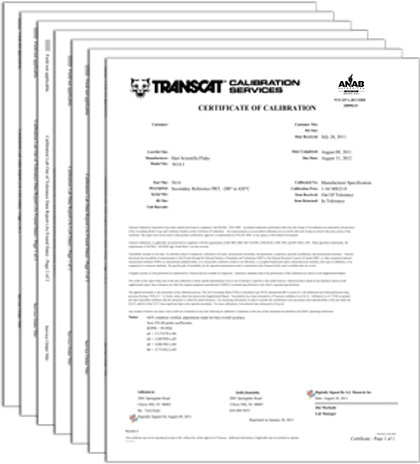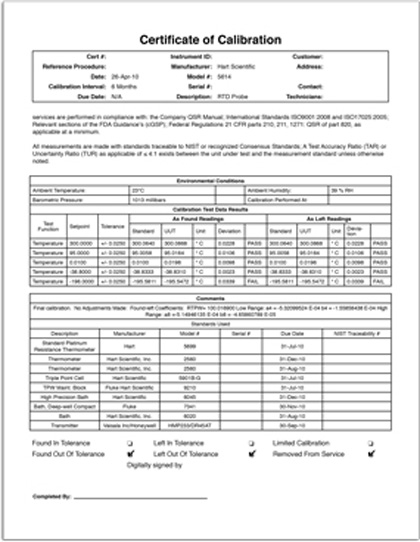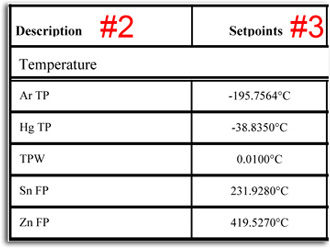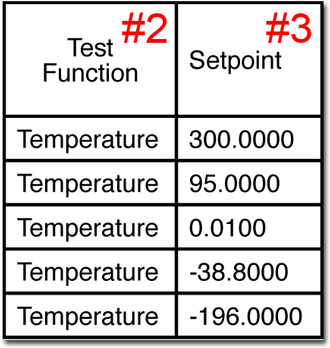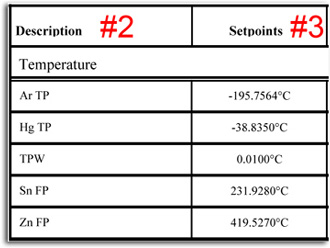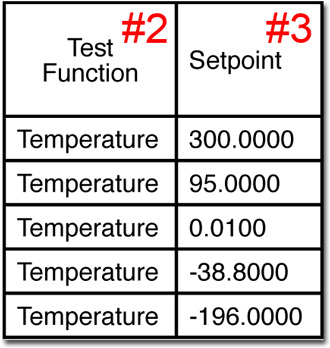Double Check
All Out-of-Tolerance occurrences are double or re-verified using an alternate test method, a different technician, or a different calibration standard.
Multiple Audits
All Transcat Labs undergo multiple different types of audits:
- Yearly (at a minimum) Internal Technical and Quality Lab Audits
- Random Daily Data-Desktop Audits
- Over-the-Shoulder "Technical" Audits
- Random Daily Parameter Verification Audits
Uniform Calibrations Across Our Lab Network
Each Transcat lab uses the same:
- Quality System and Processes
- Datasheets
- Calibration Management System
- Technicians with Uniform Technical Training
Technician Certifications
Many Transcat Technicians are ASQ Certified Average Technician Experience is 15 Years
But seeing is believing. Trust the Transcat Difference based on things you can see for yourself, such as the below calibration certificate comparison. This comparison looks at certificates by Transcat and a competitor for a Hart Scientific 5614.





